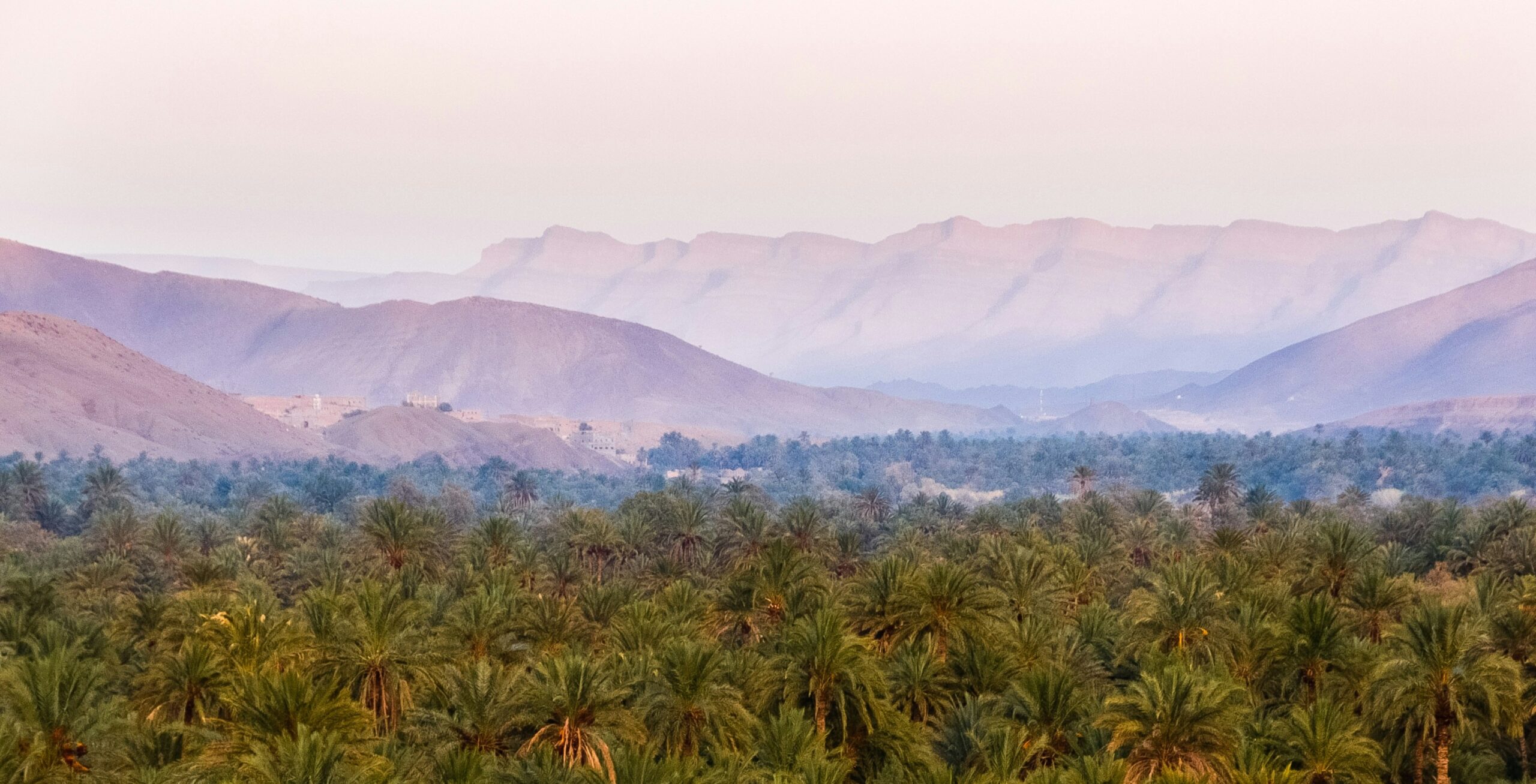Casablanca – In a remarkable rise on the international stage, Morocco has secured the fourth position among the world’s top blueberry exporters in 2024, joining the ranks of Chile and Spain, each holding an 8% share of global exports. The achievement marks a major leap for the country, which was ranked seventh only a year earlier.
Morocco’s export growth over the past fifteen years has been exceptional. From a modest 636 tonnes in 2009, blueberry exports surged to a record 83,000 tonnes in 2024, reflecting an average annual growth rate of 43%. Experts describe this trajectory as evidence of a dynamic and competitive sector that has successfully leveraged the country’s natural, technological, and geographic advantages.
The growth of Morocco’s blueberry sector is rooted in several key factors. Favorable agricultural and climatic conditions have played a central role. Morocco’s Mediterranean climate, characterized by mild winters and hot, dry summers, allows for multiple harvests each year and high productivity per hectare. Regions such as Souss and the Oriental offer fertile, well-drained soils that are ideal for producing firm, high-quality blueberries with distinctive flavor.
Geography has also been a major advantage. Morocco’s proximity to European markets ensures shorter transport times, enabling exporters to deliver fresh fruit to key destinations including Spain, the United Kingdom, and Germany. This logistical edge not only improves product quality upon arrival but also strengthens Morocco’s competitiveness compared to major exporters such as Chile and Peru.
Modernization and technological adoption have further strengthened the field. Moroccan blueberry growers have integrated advanced agricultural practices and optimized production techniques, raising both yield and quality standards. The sector has evolved from its experimental beginnings in the early 1990s into a well-organized and structured field, now recognized as one of the pillars of Morocco’s agricultural export economy.
Looking ahead, Morocco aims to sustain its export momentum by expanding cultivation to new regions such as Dakhla and certain areas of the High Atlas Mountains. These initiatives are expected to extend the harvest season and align production more closely with global market demands. In addition, exporters are refining their commercial strategies to manage price fluctuations, improve economic efficiency, and establish direct relationships with overseas buyers.
The global blueberry market continues to grow, with worldwide exports reaching approximately one million tonnes in 2024, generating $6.733 billion in revenue. Peru remains the largest exporter with a 31% market share, followed by Chile, Spain, and Morocco at 8% each, and the United States at 7%. Morocco’s rapid ascent within this competitive market underscores the country’s ability to combine favorable conditions, technological innovation, and strategic logistics to secure a lasting presence on the international stage.
Industry analysts suggest that Morocco’s continued growth could open doors to new high-potential markets in Asia and the Middle East, in addition to strengthening its foothold in Europe. The sector’s progress also demonstrates the broader potential of Morocco’s agricultural field to innovate, scale, and meet increasing global demand for high-quality produce.
Morocco’s rise to the fourth-largest blueberry exporter worldwide represents a significant agricultural success story. By leveraging climatic advantages, fertile soils, modern technology, and proximity to major markets, the country has transformed blueberry cultivation into a competitive and sustainable export sector. If current trends continue, Morocco is poised to expand its influence further in the global fruit market and reinforce its reputation as a reliable supplier of premium blueberries.
















